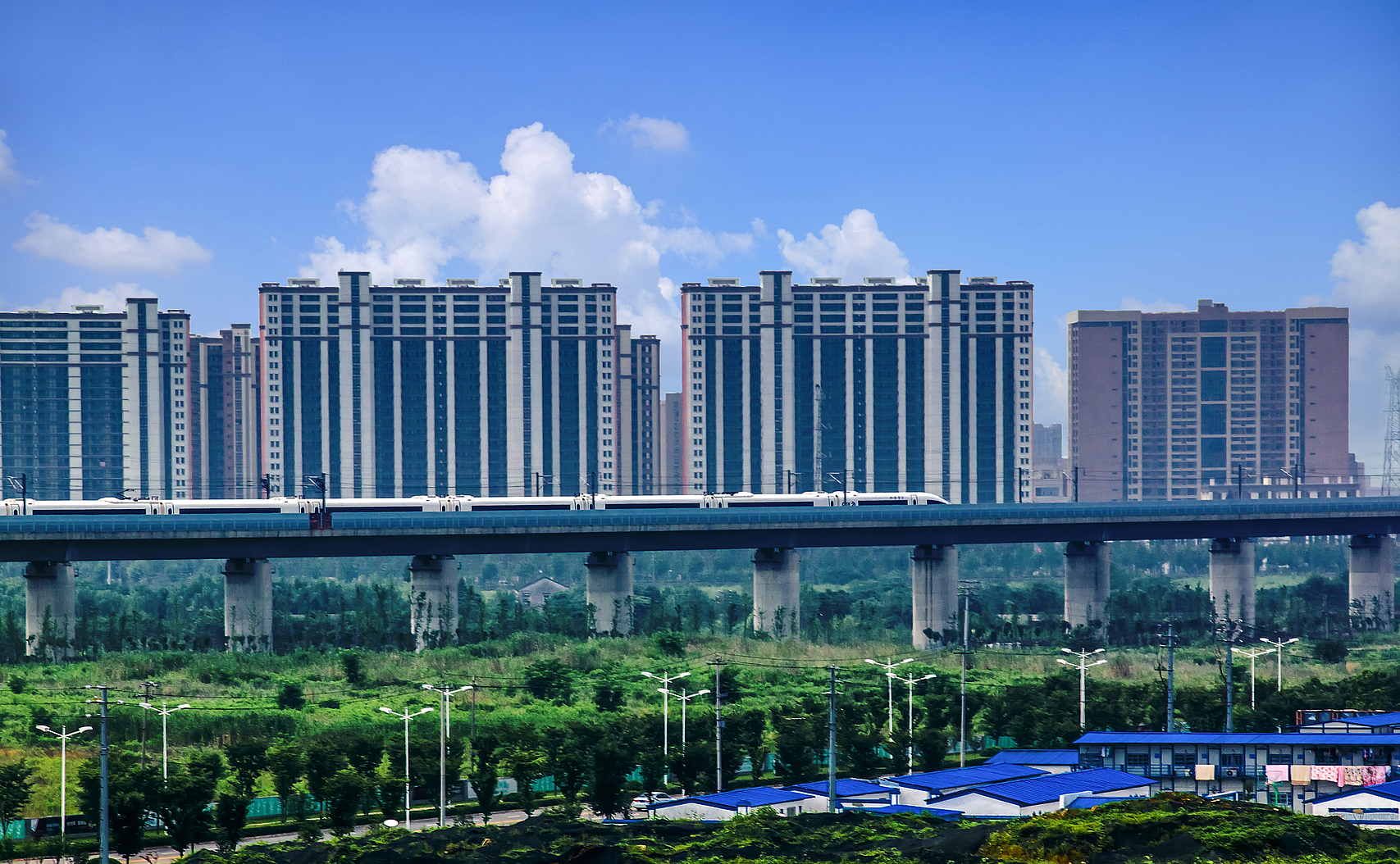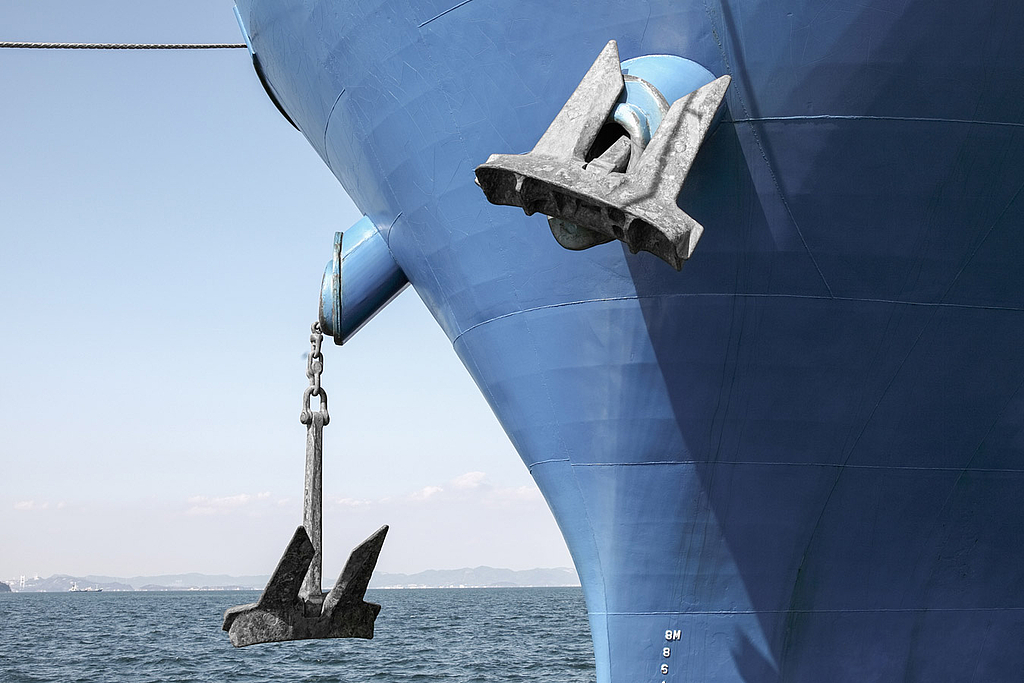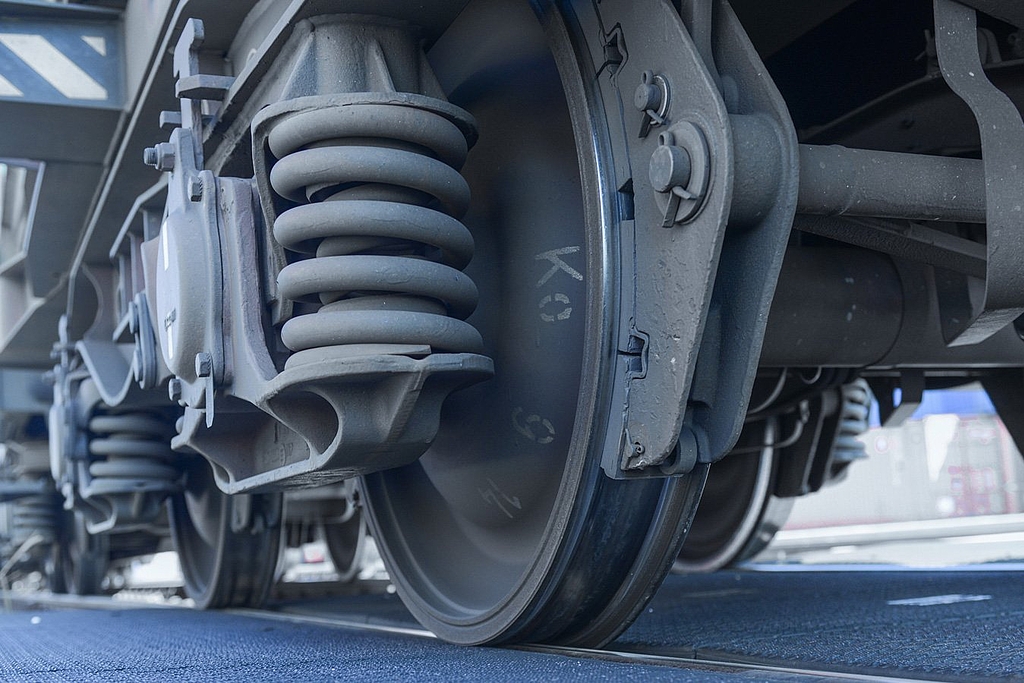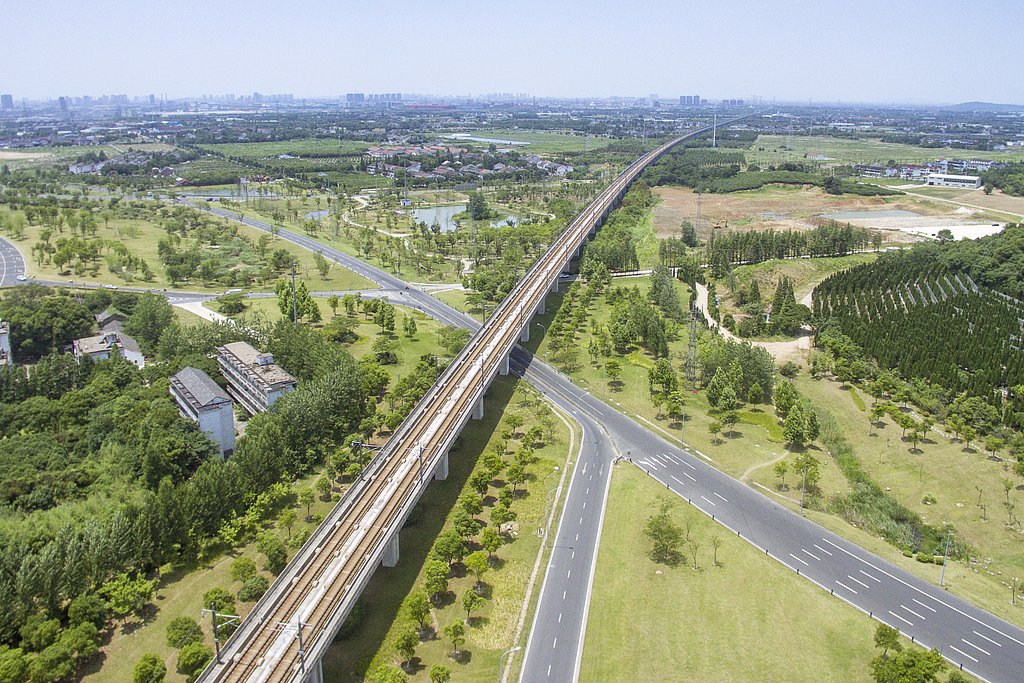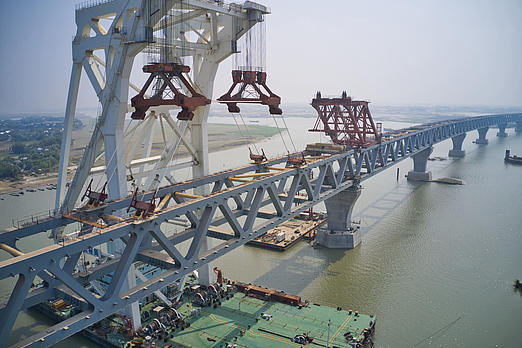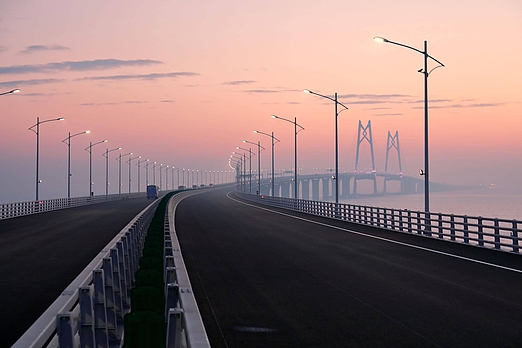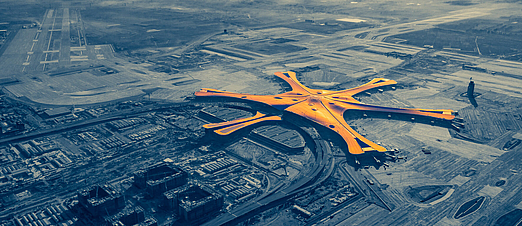From prefab concrete to the longest bridge in the world
An incredible 164.8 kilometers long: the massive Danyang-Kunshan bridge
- Facts
For some time, China has clearly been on the hunt for records when it comes to building “wonders of the world.” It is hardly surprising that the title for longest bridge in the world goes to China. The railway viaduct of the “Danyang–Kunshan Grand Bridge” is an unbelievable 164.8 kilometers long. Let’s take a look at this impressive record-breaking project, its special construction and its significance to the transportation sector.
